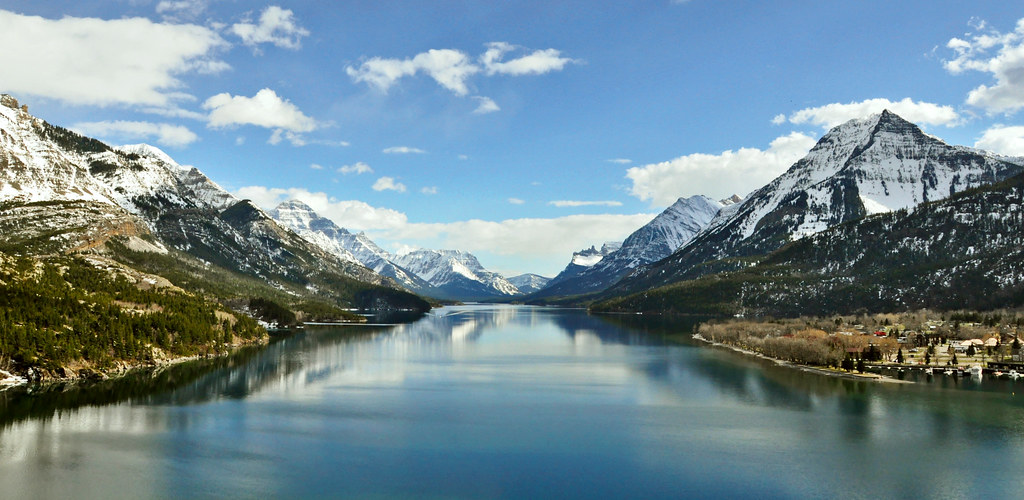The border between Canada and the United States is known as the International Boundary, stretching over 8,891 kilometers (5,525 miles) across North America. It is the longest international border in the world and one of the most peaceful. It is the most extensive demilitarized border in the world, with no military forces or fortifications on either side.
Fact: The border between Canada and the US is called the International Boundary. It is the largest demilitarized border in the world.

- The International Boundary was established in 1846 by the Oregon Treaty, which resolved a long-standing border dispute between the United States and Great Britain (which then controlled Canada). The treaty set the boundary at the 49th parallel, from the Rocky Mountains to the Pacific Ocean, and provided for joint control of the Oregon Territory.
- Today, the International Boundary is marked by monuments, obelisks, other markers, and natural features such as rivers and lakes. A joint US-Canada agency patrols the border, the International Boundary Commission, which maintains the markers and works to resolve any arising disputes.
- Despite occasional tensions over trade, security, and other issues, the relationship between Canada and the United States remains one of the closest and most amicable in the world. The border is mainly open, with millions of people and billions of dollars worth of goods crossing it each year. The demilitarization of the border is a testament to the peaceful coexistence of these two nations and a symbol of the importance of diplomacy and cooperation in resolving conflicts.
Did you know about the Oregon Treaty?
The Oregon Treaty of 1846 was a landmark agreement between the United States and Great Britain that settled a long-standing dispute over the boundary between their respective territories in North America. At the time, both countries claimed sovereignty over the Oregon Country, which encompassed the area west of the Rocky Mountains from California to Alaska. The treaty established the boundary at the 49th parallel from the Rocky Mountains to the Pacific Ocean, giving the United States control over what is now Washington, Oregon, and Idaho. At the same time, Britain retained what is now British Columbia. The treaty also allowed for joint control of the Oregon Territory, which included what is now Oregon, Washington, and part of Idaho.
The Oregon Treaty was significant not only for its resolution of the boundary dispute but also for its impact on American expansionism and the concept of “manifest destiny.” By securing the Pacific Northwest for the United States, the treaty provided an essential outlet for westward expansion. Further, it reinforced the notion that the United States was destined to expand its territory from coast to coast. The treaty also set an important precedent for the peaceful resolution of territorial disputes, paving the way for future treaties and agreements that would help shape the boundaries of the United States and other nations worldwide.
Conclusion
The International Boundary is a remarkable achievement in diplomacy and cooperation, a testament to the peaceful relationship between Canada and the United States. As the most extensive demilitarized border in the world, it serves as a model for other nations seeking to resolve disputes and build strong relationships with their neighbors.
Sources:
- International Boundary Commission
- Government of Canada
- US Department of State